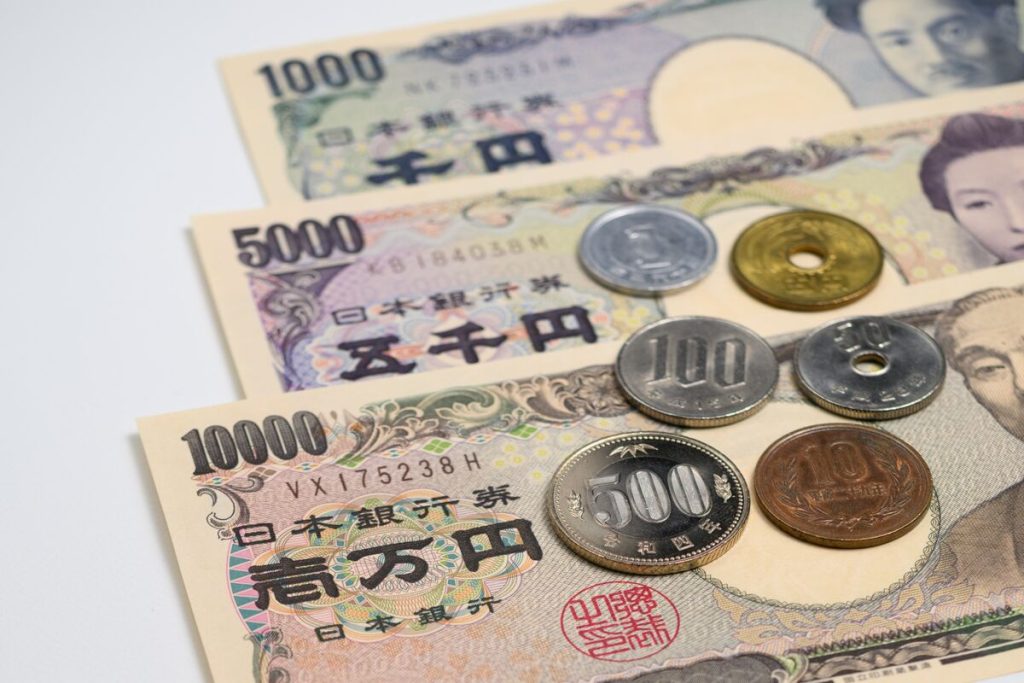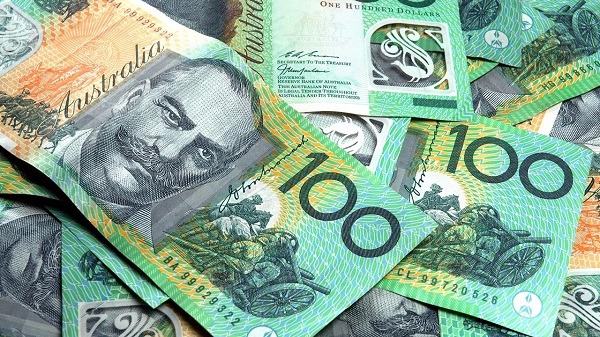The forex market, the largest and most liquid financial market in the world, offers a wealth of opportunities for traders of all levels. To succeed, you need to understand the unique characteristics of the major currency pairs and develop tailored strategies for each one.
Let’s explore the top five forex currency pairs, breaking down their defining traits and sharing actionable tips to help you navigate them effectively.
EUR/USD: The Euro and US Dollar
The EUR/USD is the most traded forex pair globally, offering high liquidity and relatively low spreads. It represents the strength of the Eurozone economy versus the US economy. This pair is particularly sensitive to macroeconomic data, such as ECB interest rate decisions, US Federal Reserve announcements, and geopolitical events.
When trading the EUR/USD, focus on economic calendars to anticipate market-moving events. Volatility tends to peak during the overlapping hours of the London and New York sessions, so plan your trades accordingly to capitalize on price movements.


USD/JPY: The U.S. Dollar and Japanese Yen
Known for its stability, the USD/JPY pair is a favorite among traders seeking predictable trends. It serves as a barometer for global risk sentiment, with the Japanese yen often strengthening during periods of uncertainty due to its safe-haven status.
To trade USD/JPY effectively, monitor risk appetite across global markets. Events like stock market selloffs or geopolitical crises typically lead to yen appreciation.
You could also consider engaging in funded trading programs, which allow traders to access this major currency pair with provided capital. This enables you to apply tailored strategies without significant personal financial exposure.


GBP/USD: The British Pound and U.S. Dollar
The GBP/USD pair is highly volatile, offering significant profit potential for traders who can manage its swings. The likes of Brexit developments, UK economic indicators and Bank of England policies heavily influence its value.
When GBP/USD trading, stay vigilant about political developments in the UK, as they can cause abrupt price shifts. You should also employ trailing stops to protect profits during volatile sessions and consider trading during the London session for higher liquidity.


USD/CHF: The U.S. Dollar and Swiss Franc
The USD/CHF pair often acts inversely to the EUR/USD due to the strong correlation between the Swiss franc and the euro. This pair also benefits from Switzerland’s safe-haven currency status, making it a go-to during global economic instability.
When trading USD/CHF, watch the relationship between the Euro and Franc, as movements in EUR/USD can signal opportunities in USD/CHF. Use correlation analysis as part of your strategy, and integrate risk-management tools such as hedging to account for unexpected spikes during geopolitical turmoil.

AUD/USD: The Australian Dollar and U.S. Dollar
The AUD/USD pair is closely tied to global commodity markets, particularly gold and iron ore, given Australia’s status as a leading exporter. This pair reacts strongly to changes in commodity prices and Chinese economic data.
To trade AUD/USD, track commodity price trends and keep tabs on Chinese economic releases, as China is a major trading partner of Australia. You should also incorporate fundamental analysis into your strategy to gauge the broader economic picture.


By understanding the unique behaviors of these top forex currency pairs, you can refine your strategies and improve your trading outcomes. Whether you’re new to trading or looking to enhance your skills, a deep knowledge of these pairs and a proactive approach will serve you well.
WE SAID THIS: Don’t Miss…Best Technical Analysis Tools For Forex Trading



